

When a sword strikes a man, the man dies. When a bullet hits a man, the man dies. When a sword strikes a bullet, the bullet deflects; when a sword strikes a sword, both men deflect. You've got a sword, a gun, and three bullets. Go.
Samurai Gunn's basic vocabulary is simple, but the high-speed, low-fi deathmatch that it supports is brilliant. Multiplayer to the core, this is a game best played around a TV or monitor with pads – there's no online support – and it's the kind of lethal, twitch-heavy brawler that'll gain a cult following with groups accustomed to games like TowerFall and Cobalt.
Its 8-bit graphics belie surprisingly expressive animations – and surprisingly bloody deaths. It exists tonally somewhere between grindhouse action and high-concept martial arts movies, the product of an alternate history where a young Quentin Tarantino decided to make NES games instead of movies. Much of this mood comes courtesy of Doseone's phenomenal soundtrack, which blends Japanese instrumentation and electro with grinding hip-hop.
If Samurai Gunn's immediate appeal comes from the quality of its presentation, its longevity is delivered by level design. Discovering each trick and trap in its many stages is one of the most enjoyable things about playing it with a group. One level is made of two long platforms that grow further apart every time a player is killed, creating a widening chasm over a pit of spikes. Fighting that starts out free and mobile quickly becomes frenetic as players scrap over the remaining floorspace, each kill exacerbating the situation until a winner emerges.
Another stage is composed entirely of destructible bamboo. Each player starts in a corner, and the level itself is carved out as combatants try to slice and blast their way through to one another. On another, stalactites can be shot from the ceiling to kill opponents below and create barriers. Walk off the screen on certain maps and you'll appear on the other side, Pac-Man style. Being the guy who realises that you can use this trick to shoot pursuing players in the back is tremendously satisfying.
There are enough secrets like this to sustain interest over a decent period of time. Samurai Gunn works best as a party game – something you bring out when the circumstances suit, when you've got an evening to fill, a bunch of friends over, and a monitor big enough. Its weakness is that it is so focused on fulfilling this one particular need. You'll get maybe half an hour out of it as a solo experience. Although it's possible to play against the AI, there's no structure to sustain your interest. Samurai Gunn's deft design could have supported leaderboards or organised singleplayer challenges. Their absence holds it back from being an essential game as opposed to a situationally excellent one.
Chris is the editor of PC Gamer Pro. After many years spent turning beautiful trees into magazines, he now oversees our online coverage of competitive gaming and esports. To date he has written more than sixty articles about Dota 2 and does not know how this became his life.
THE VERDICT

 Bloodborne Boss Guide: How to Easily Beat Mergo's Wet Nurse
Bloodborne Boss Guide: How to Easily Beat Mergo's Wet Nurse Star Trek (2013 Game) Walkthrough
Star Trek (2013 Game) Walkthrough Five Nights At Freddy's 4 Guide - How to Survive Night 1
Five Nights At Freddy's 4 Guide - How to Survive Night 1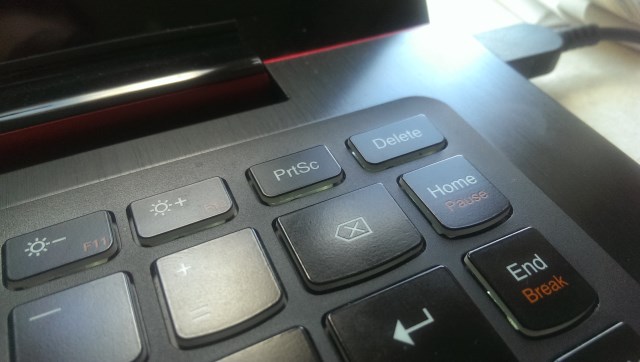 How to Take Videos & Screenshots of Games in Windows
How to Take Videos & Screenshots of Games in Windows Tribes: Ascend Game Guide
Tribes: Ascend Game Guide